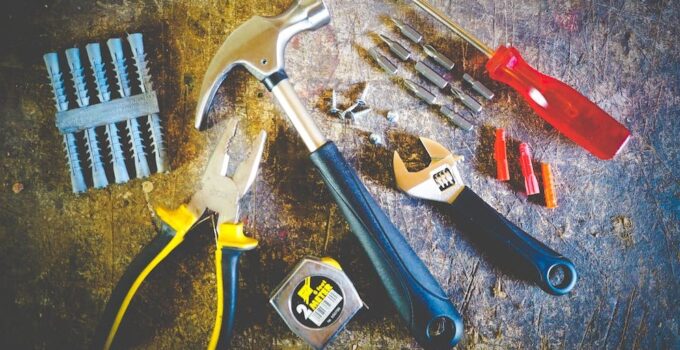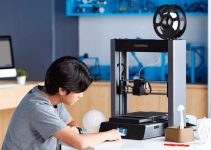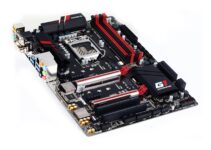Household appliances have become the silent workhorses of our daily lives. From the silent hum of the refrigerator to the rhythmic cycle of the washing machine, these machines make our lives more convenient.
Yet, when they falter, we’re often left flustered, contemplating whether to call a professional or venture into DIY territory.
For those brave souls looking to deepen their understanding and proficiency in appliance repair, you’re in the right place. Dive into the intricate world of appliance repair, simplified for enthusiasts and budding professionals alike.
Essential Tools for Appliance Repair
Kicking off our journey, we embark on the importance of proper tools. Much like a painter’s brush or a musician’s instrument, the tools for repairing appliances are paramount. Starting with the basics, every technician must invest in a high-quality screwdriver set.
These aren’t just any ordinary tools but the bridge between you and the solution. Of course, appliance repair training is even more essential and precedes having tools for the job.
Diving deeper, multimeters prove indispensable. This versatile tool aids in measuring voltage, resistance, and current, crucial for diagnosing electrical issues. Paired with a set of nut drivers and wrenches, your toolkit will be nearly complete.
Nut drivers, especially, can be your best friend when dealing with appliances like refrigerators or ovens.
Lastly, don’t underestimate the power of a flashlight and a pair of needle-nose pliers. Sometimes, the problems lurk in the most inaccessible nooks and crannies, and these tools will help you reach them. With these essentials, you’re already on a promising path to mastery.
Safety Precautions in Appliance Repair
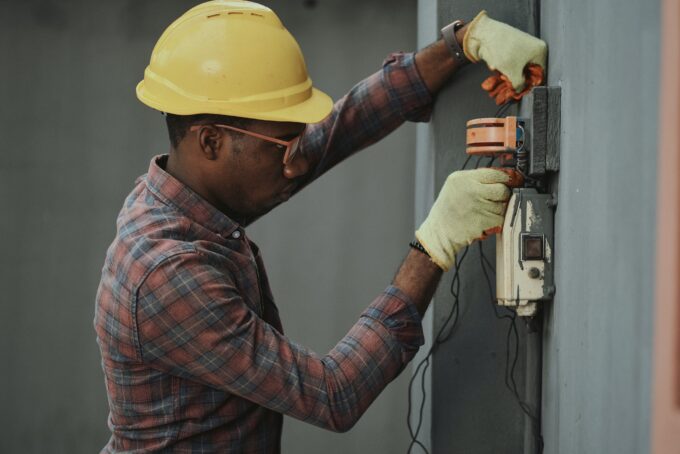
Source: unsplash.com
Stepping into the realm of repairs, it’s crucial to prioritize safety above all. Before diving into any project, ensure the appliance is unplugged. This seemingly simple step can be the difference between a successful repair and a dangerous mishap.
Beyond unplugging, familiarize yourself with an appliance’s components and their functions. This ensures that while disassembling, you don’t unintentionally tamper with a part that could lead to more damage or risk. Remember, knowledge isn’t just power; it’s safety.
Of equal importance is protective gear. This means donning gloves to safeguard against sharp edges and wearing safety glasses to shield the eyes from sparks or debris.
With these safety steps, the risk of accidents drops significantly, letting you focus purely on the task at hand.
Troubleshooting Common Appliance Issues
Understanding the pain points of appliances is half the battle won. For instance, washing machines occasionally refuse to spin. Often, this can be traced back to a worn-out belt or a faulty lid switch. By diagnosing the root of the problem, you’re already leaps ahead in the repair game.
Shifting our attention to refrigerators, a frequent grievance is the mysterious pool of water underneath. The culprit? More often than not, it’s a clogged defrost drain. Armed with this knowledge, fixing the issue becomes a straightforward task.
Ovens, on the other hand, sometimes fail to heat adequately. Delving into this, one might find a malfunctioning oven sensor or a broken heating element. By identifying these common issues, you become more adept at pinpointing problems and crafting solutions swiftly.
Understanding Appliance Wiring and Electronics

Source: cohenusa.com
Peeling back the layers, we delve into the intricate web of appliance electronics. At its core, comprehending the basic principle of how current flows can be enlightening. By grasping this, you can better understand the workings of switches, relays, and other components.
Venturing further, it’s beneficial to familiarize yourself with schematic diagrams. These blueprints, often found on the appliance or in its manual, provide a road map to the device’s electronic journey. They become invaluable when trying to trace faults or understand an appliance’s inner workings.
To truly master this realm, a foundation in Ohm’s law – a principle that describes the relationship between voltage, current, and resistance – can elevate your diagnostic skills to new heights. With this understanding, you’ll not just repair; you’ll innovate.
Appliance Disassembly and Reassembly Techniques
Peering into the very anatomy of appliances, disassembly, and reassembly stand as twin pillars of effective repair. Begin by documenting every step of your disassembly process. Snap pictures, take notes and mark parts. This acts as a reliable reference when piecing the puzzle back together.
On disassembling, it’s imperative to stay organized. Use containers or zip-lock bags to segregate screws, bolts, and other tiny components. Label them diligently. This meticulous approach ensures a smoother reassembly, devoid of any stray parts.
A crucial pointer during reassembly is to remain patient. Rushing this process can lead to missed connections or forced components. Trust your documentation, remain calm, and the appliance will come back together seamlessly.
Preventative Maintenance for Appliances
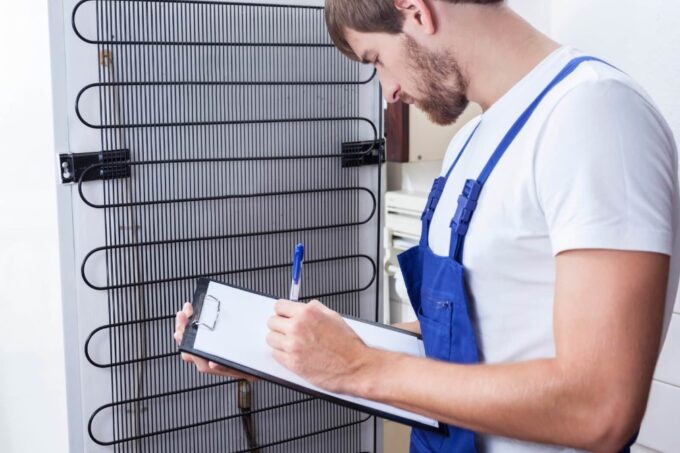
Source: freepik.com
Prevention, as they say, is better than cure. Regularly checking your appliances for wear and tear can mitigate bigger problems down the line. For instance, inspecting washing machine hoses for signs of brittleness can prevent future leaks.
Delving into refrigerators, and cleaning the coils ensures efficient operation and reduces strain on the appliance. This not only prolongs the refrigerator’s life but also conserves energy, making it a win-win.
Similarly, for ovens, regularly inspecting the door seals ensures optimal heating and prevents energy wastage. By being proactive, you’re not only saving on potential future repairs but also ensuring the longevity and efficiency of your appliances.
Tips for Efficient and Effective Repairs
Speed and accuracy don’t always go hand in hand, especially in repairs. However, by understanding an appliance’s lifecycle and common points of failure, you can often predict where issues may arise. This foresight can drastically reduce diagnosis time.
Embracing technology, consider leveraging mobile apps and online forums. These platforms brim with insights, tutorials, and user experiences, acting as a virtual mentor guiding you through complex repairs.
Lastly, practice makes perfect. Start with smaller appliances or older models. With each repair, you’ll hone your skills, making the next fix swifter and more efficient. Remember, every challenge is an opportunity to learn.
Final Thoughts
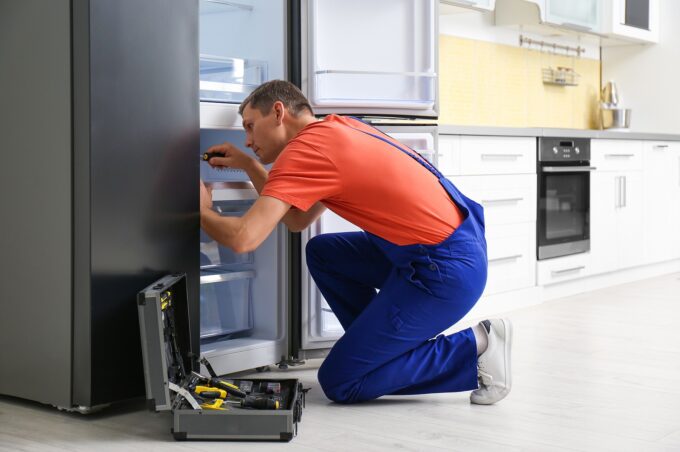
Source: wilshirerefrigeration.com
The realm of appliance repair is vast, intricate, and ever-evolving. By arming yourself with the right tools, knowledge, and an insatiable curiosity, the journey to proficiency becomes not just attainable, but deeply rewarding.
Whether you’re a homeowner aiming to understand the machines around you or an aspiring technician looking to make a mark in the industry, the world of appliance repair beckons with challenges and triumphs. Dive in, keep learning, and let every repair be a testament to your dedication and prowess.

